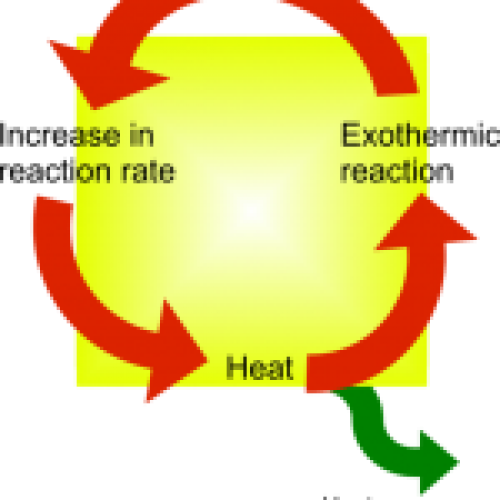
What is thermal runaway?
Thermal runaway describes a situation where a reaction occurs that generates heat, and this increase in heat causes the original reaction to accelerate, thereby generating even more heat and so on. This ever increasing cycle can have disastrous results if steps are not taken to control or halt the reaction. Probably the most notable thermal runaway situation in recent news is the nuclear reactor in Fukushima, Japan, that was damaged by the earthquake and subsequent tsunami in March. Japan is doing all it can to try to control the thermal runaway situation. But thermal runaway doesn't just happen in nuclear reactors. It could happen on your boat, slowly over the course of days or in less than a second. Thermal runaway can result from a chemical reaction, like overcharging your batteries, or from an electrical reaction, like a bad electrical connection.
We see bad connections, the major cause of boat fires, on boats all the time. Bad or corroded electrical connections create a point of higher resistance. As current passes through this point of higher resistance, heat is generated. This heat can actually cause the resistance to increase which will generate more heat. Most of the time in this situation, the amount of heat generated is not enough to go out of control because of other factors like the ambient temperature, the amount of current, or the length of time the current is flowing. Therefore, you may not even be aware that this is occurring. However occasionally a wire may melt, a device may burn out, or you may lose your entire boat to fire.
Related Content






 $396.86
$396.86 $276.78
$276.78


























